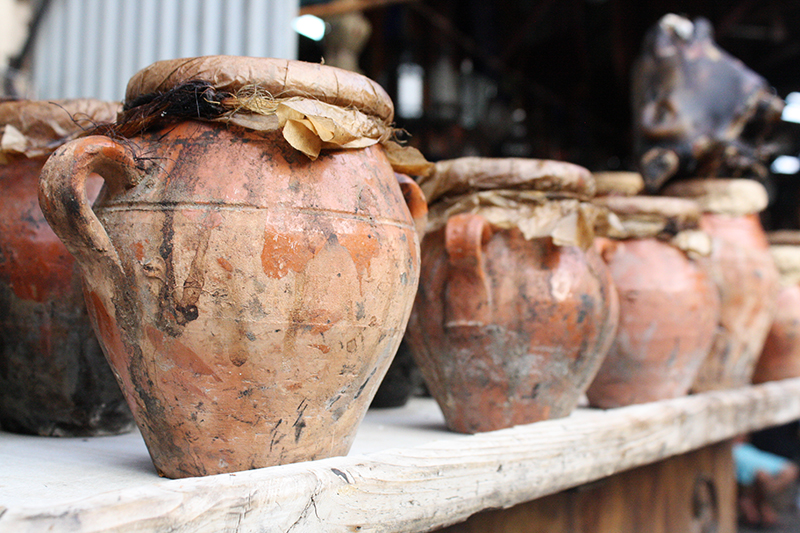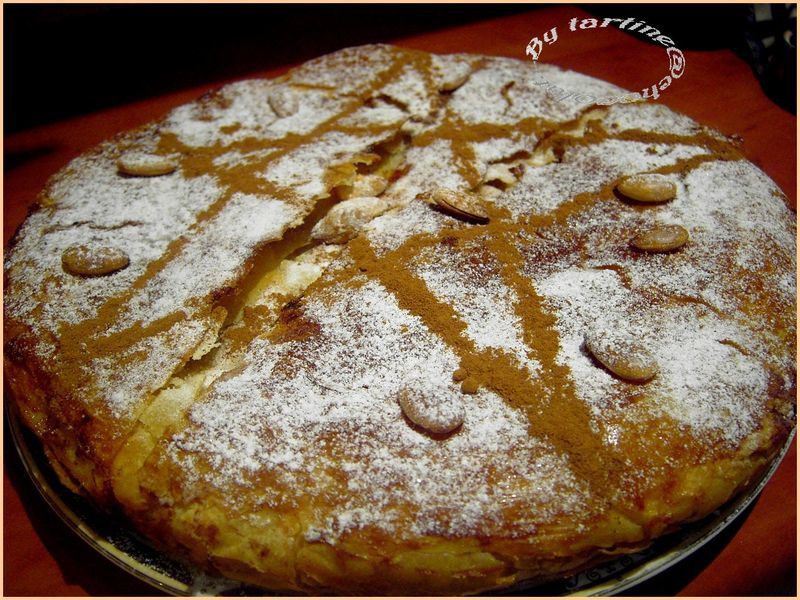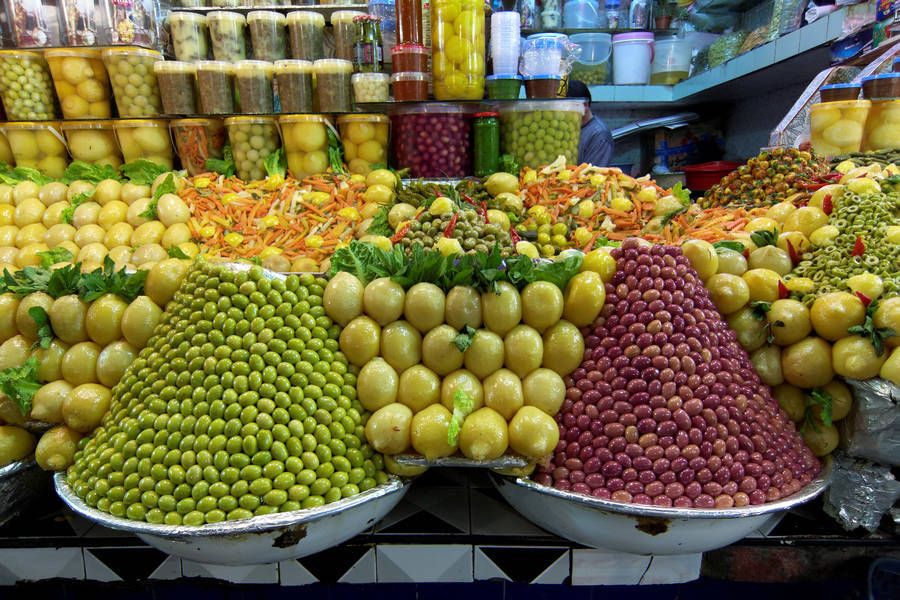كيكة الكسكاس سهلة ولذيذة
المقادير
بيضة واحدة
معالق كبار زيت3
2 كيسان دقيق
2 معالق كاكاو
كأس سنيدة
نص كأس حليب
2خمارات
1فاني
قبصة ملح
الكيفية
تخلط المقادير الناشئة بعضها ثم نضيف البيض والحليب
تخلط المقادير الناشئة بعضها ثم نضيف البيض والحليب
ونخلط جيدا نحضر 4 فناجين للقهوة مدهونين بالزيت والفورص لنصب داخلها الخليط حتى نملأ ما يعادل ثلثها ونضع االفناجين داخل كسكاس البرمة التي مسبقا وضعت بها ماء ليغلى و نغطي الكسكاس بثوب ثم نضع فوقه مقلاة
و نتركها لمدة نصف ساعة لتكون بعدها جاهزة
وندهنها بشكلاطة مذوبة بحمام مريم مضاف عليها ملعقة كبيرة
من دانون عادي لاعطائها لمعان


















